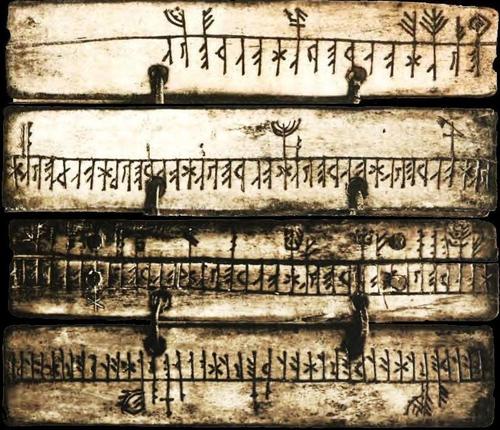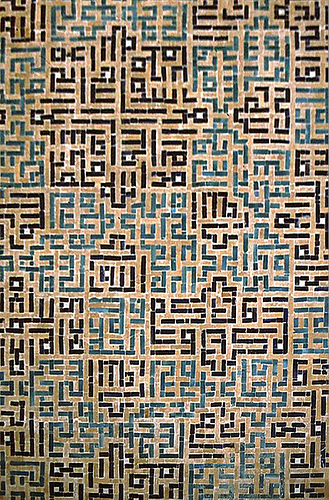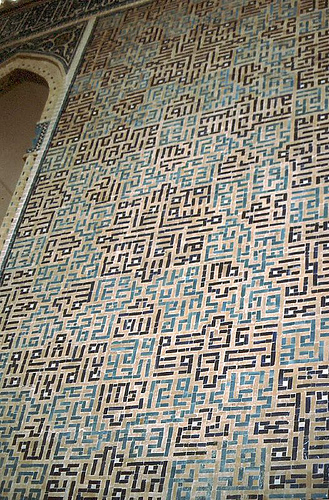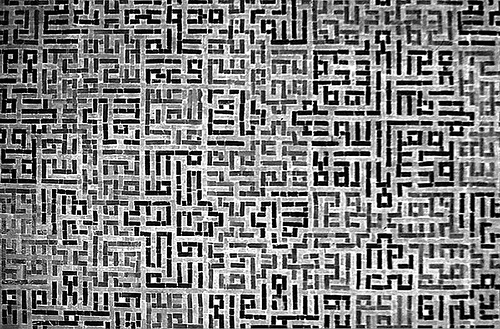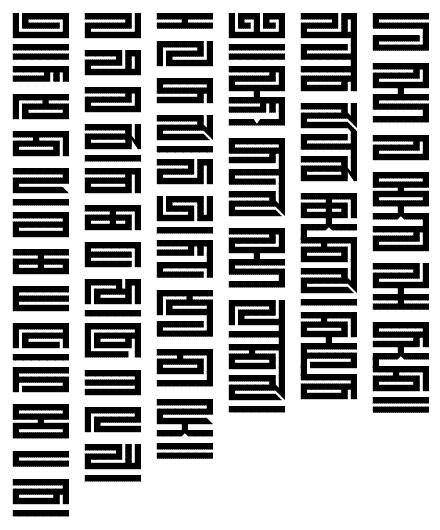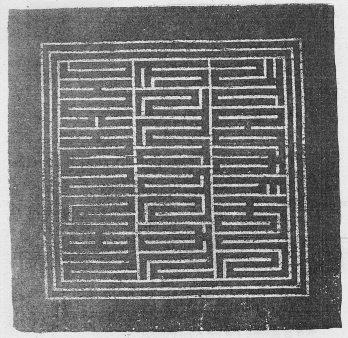Medieval dachshund – Or: drawing with words
Here are three examples of a technique called “micrography”: decorative scenes that are drawn with words written in a tiny script. While there are examples from Latin books made in the West (here is one), the technique is particularly common in medieval Hebrew manuscripts. The drawings are usually found in biblical manuscripts and they appear to be commentaries to the text. The technique, whereby a scribe wrote in the smallest handwriting possible, goes back to the 9th century AD. The examples here, from the 13th century, shows just how entertaining the word-made drawings can be: they are an opportunity for the scribe to frolick in the margins of the page – like drawing a creature that looks like a dachshund.
Pic: London, British Library, Additional MS 21160 (13th century, more about the manuscript here). More about micrography here.
Tag Archives: 1200s
Hebrew ASCII from the 1200s. Or micrography, as it’s also called.
On this page, the scribe has identified himself as Eliezer son of Samuel by creating a calligram in the shape of the letters of his own name. The calligram (lines of text of unequal length written in parallel rows and forming a design) is a continuation of the text of the previous page concerning the laws of the holiday of Sukkot.
Four of six plates on a Sami i.e. Laplander Runic Calendar. The calendar is carved in reindeer horn. Eiríkr Magnússon suggests a date between 1230 – 1391 CE for the prototype of this particular calendar.
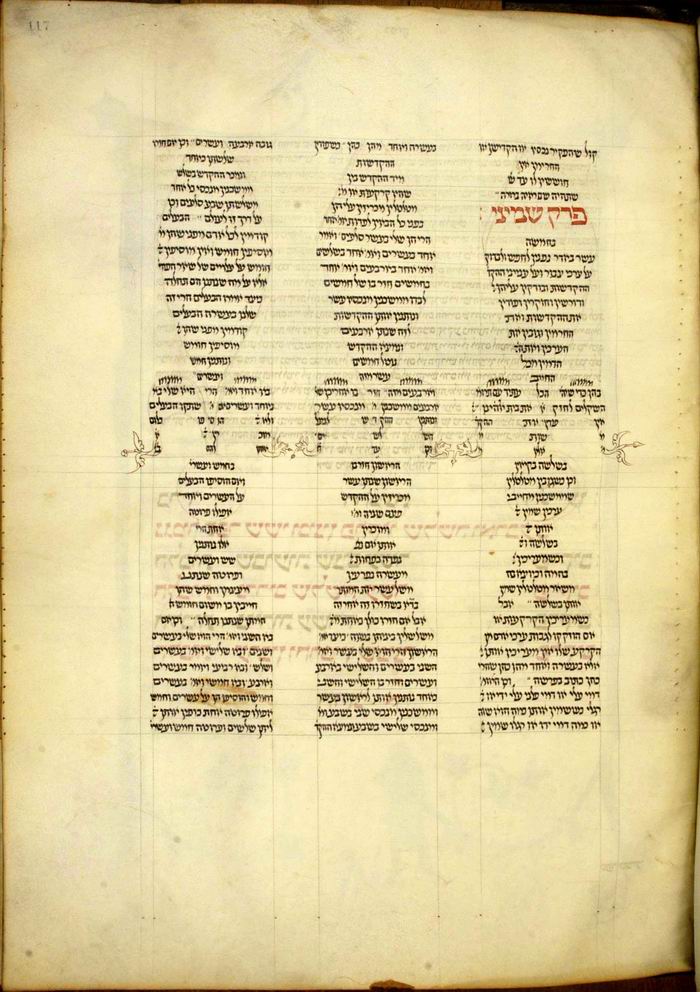
Mishneh Torah MS A 77. Northeastern France 1296
fol. II.117r, via
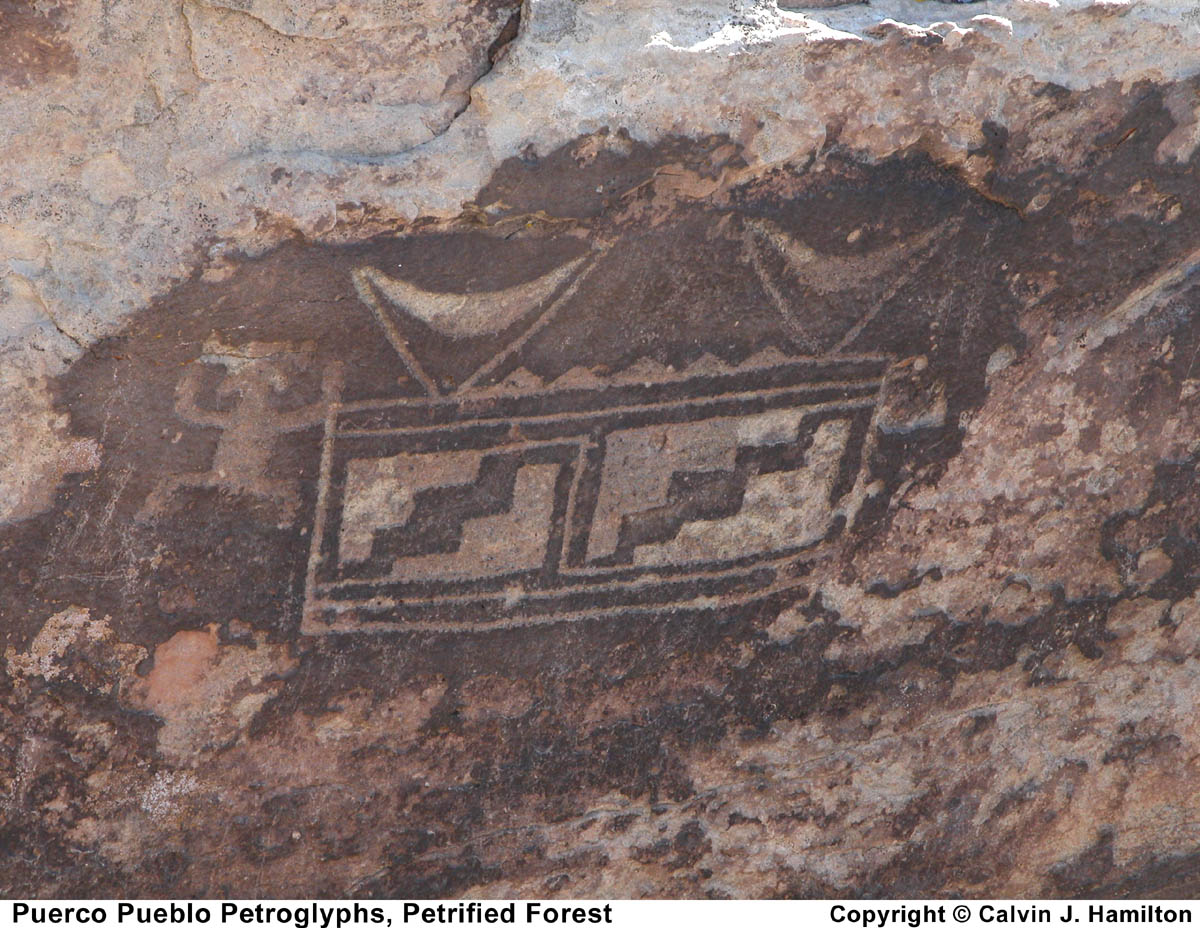
Text-mode style petroglyphs, made 600-800 years ago in the so-called Petrified Forest. via

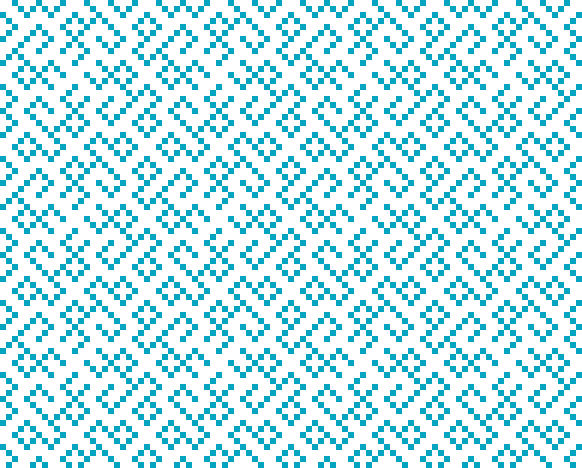
This pattern repeats Muhammed over and over, and was made in 1275 for the Cifte minaret in in Sivas, Turkey. More here.
Old Tibetan calligraphy by Tshe-tan Zhabs-drung ཚེ་ཏན་ཞབས་དྲུང followed by the Tibetan Phags-pa fonts by Babelstone and the square Mongolian style of Phags-pa used for decoration.
Seems to originate from the 1200s and is sometimes called square script. Also see the arabic square kufi.

